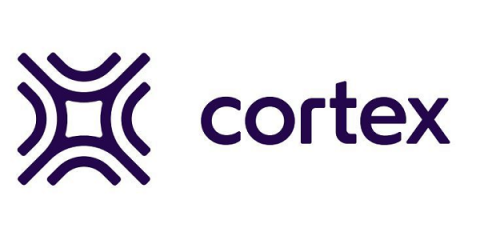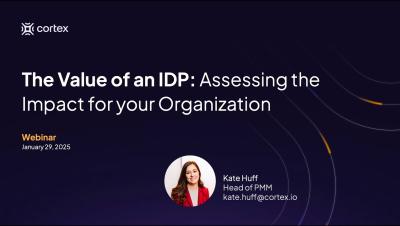Guide: Assessing the ROI of an Internal Developer Portal (IDP)
When considering or advocating for an Internal Developer Portal (IDP) within your organization, assessing potential impact is an exciting, but sometimes challenging endeavor, especially considering the broad set of use cases IDPs support and the lack of context and visibility before the presence of an IDP. Maybe you understand the inherent value of an IDP, but need to quantify the estimated savings/impact to justify the spend.







